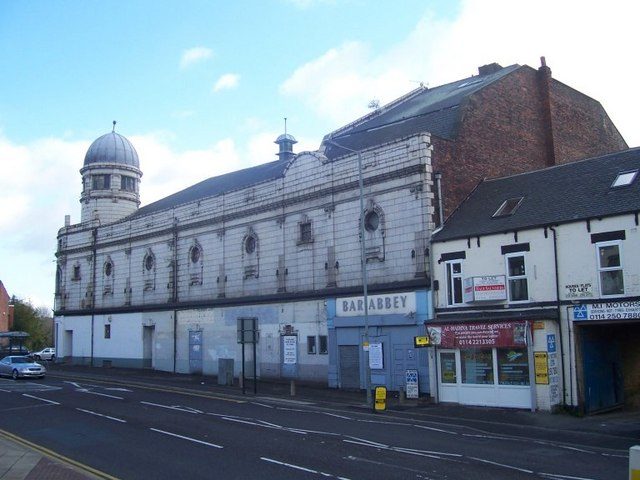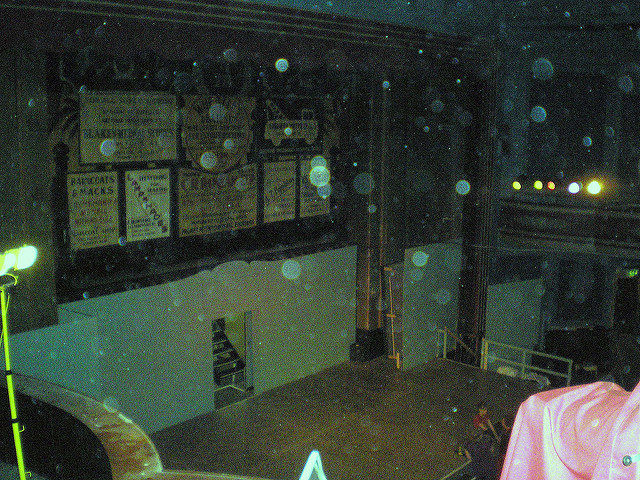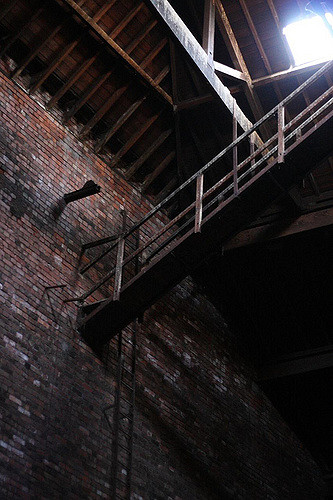The history of film goes back hundreds of years and, according to researchers, the first motion picture ever made was The Horse in Motion, filmed in 1878. Countless more followed and thus a new industry was born.
In 1895, another film was made, dubbed The Arrival of a Train. This short silent film shows the everyday scene of a train arriving at a station and was almost a miracle in its day: a rare thing that gave a birth to a legend.

It is said that when it was shown for the first time, people got so scared by the train moving towards them on the big screen that they panicked and screamed and hid at the back of the room where the film was being shown.
But people soon got used to the moving pictures and such gatherings to watch movies and spend time together gave birth to a whole new culture and paved the way for what would become known as the “picture house.” The history of Abbeydale Picture House in Sheffield, England, starts in the early days of the 20th century.

The cinema was opened for the first time on December 20, 1920, by Sheffield’s Lord Mayor.
With mahogany seats trimmed in green velvet, a grand vaulted auditorium, decorative mosaics and sculptures, it was the finest and the most luxurious cinema in the city. The exterior was also ornately designed; there was even a marble pillar outside the foyer entrance.

The newly released The Call of the Road was the first film ever to be projected in this cinema in 1920 – a silent movie by British director and screenwriter A. E. Coleby staring Victor McLaglen in the lead role. It was McLaglen’s first acting role and the start of a prolific career that took the young English-born war veteran to Hollywood stardom.
The cinema was a big social venue. It boasted a ballroom and billiard hall which were well attended, but the 1,560 seat theater and cinema was the main feature.


Things changed quickly for the industry with the advent of the “talkies” in the 1930s. In their early days, combining sound and pictures was a complicated process, and the first films appear quite strange once compared to those of today with their state-of-the-art surround sound and 3D technologies.

The Leeds-based Star Group, which invested in a number of cinemas across England, bought the Abbeyfield Picture House during the 1950s. As with their other acquisitions, Star revamped the cinema building, as well as installing the most up-to-date equipment.
For another 25 years, Abbeydale Picture House continued to entertain its guests until it was closed on July 5, 1975.

The beautiful building was sadly used as a furniture store throughout the 1980s. It was recognized as part of the heritage of the history of cinema in England and listed as a Grade II protected building in 1989.
Two years later, the furniture showroom moved out. Since then, Abbeydale Picture House has been managed by various groups who have all contributed to it’s restoration and preservation.
The billiard hall became Abbey Snooker, and is still in operation today.


A high profile organization called the Friends of Abbeydale Picture House was formed 2003, whose aim was to raise funds for the preservation the picture house as a community center. Supporters included Peter Stringfellow and the British department store group John Lewis.
The Friends purchased the Picture House in 2005 and, after some initial renovations including the installation of a new stage, it was reopened once more in 2008 as the Picture Palace.

The group continued to organize fundraising events during their ownership. The property was sold at auction in 2012, and is today managed by Creative Arts Development Space who are continuing with the renovations. They also offer a regular program of music, theater, film, and arts events.
